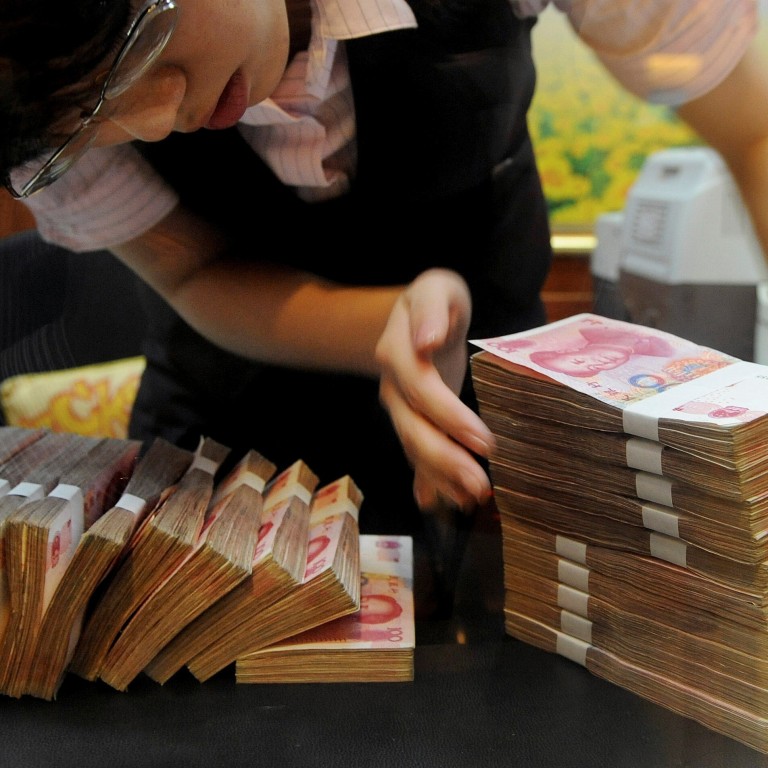
China keeps benchmark loan rate steady for seventh straight month
- The one-year loan prime rate (LPR) was kept unchanged at 3.85 per cent, while the five-year LPR remained at 4.65 per cent
- The rate decision came after the People’s Bank of China kept borrowing costs on the medium-term lending facility unchanged for a seventh straight month this week
China left its benchmark lending rate for corporate and household loans unchanged for a seventh straight month at its November fixing on Friday, matching market expectations.
The rate decision came after the People’s Bank of China (PBOC) kept borrowing costs on the medium-term lending facility (MLF) unchanged for a seventh straight month this week.
MLF, one of the PBOC’s main tools in managing longer-term liquidity in the banking system, serves as a guide for the LPR.
“The inaction did not come as a surprise since the PBOC had not adjusted the rate on its medium-term lending facility (MLF) this month as it did ahead of the past three LPR moves. This would have been the most straightforward way for the PBOC to influence the LPR, which is set as a spread above the MLF rate,” said Julian Evans-Pritchard, senior China economist at Capital Economics.
Given that the economy is now back on track and fiscal policy is set to remain supportive until at least the start of next year, the PBOC is shifting its focus away from supporting growth back towards addressing financial risks and moral hazard
Most new and outstanding loans are based on the LPR, while the five-year rate influences the pricing of mortgages.
Thirty-one out of 36 traders and analysts in a snap Reuters poll predicted no change in either the one-year or five-year LPRs, although four predicted an increase.
The LPR is a lending reference rate set monthly by 18 banks. The PBOC revamped the mechanism to price LPR in August 2019, loosely pegging it to the MLF rate.
“Given that the economy is now back on track and fiscal policy is set to remain supportive until at least the start of next year, the PBOC is shifting its focus away from supporting growth back towards addressing financial risks and moral hazard,” added Evans-Pritchard.
“As such, we think officials will allow defaults to rise further, but think the PBOC should be able to mitigate the impact on the interbank market with liquidity injections. And while the PBOC will probably want to start increasing the LPR at some point, recent comments by the vice governor suggest that it is no rush to do so.

